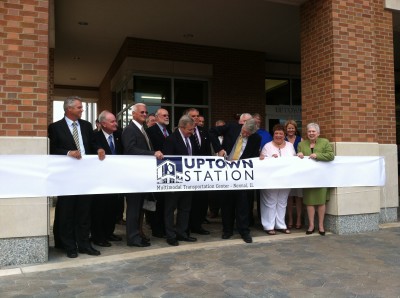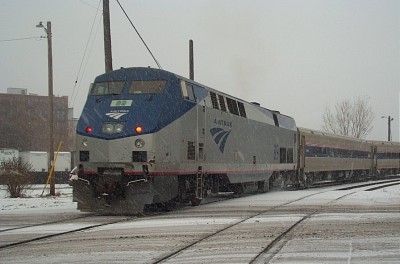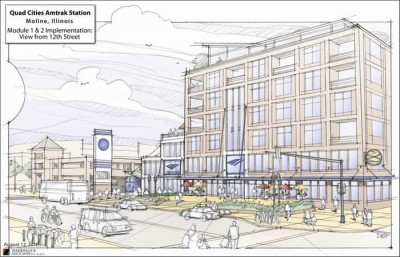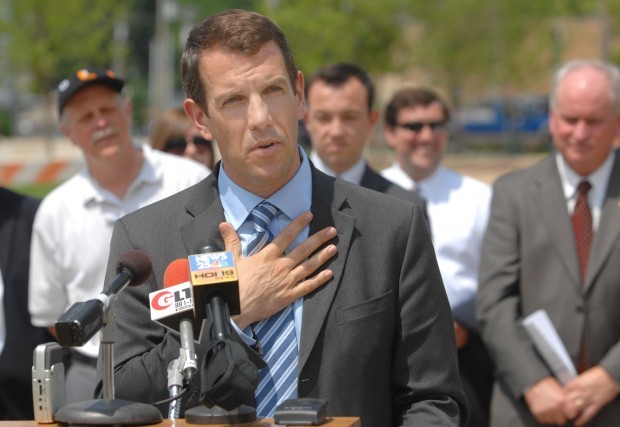If Congress can’t come to a deal to avoid automatic budget cuts March 1, some transportation programs will take a serious hit, while others will be protected. Here’s a rule of thumb: The more innovative and popular with local communities they are, the more likely they are to feel the blow.
Under so-called sequestration (see our post from September) the mandatory, across-the-board cuts of nearly 6 percent fall heaviest on the programs paid for out of the general fund, rather than from gas taxes. This includes grants for transit construction, over-subscribed TIGER grants, Amtrak dollars and other passenger rail project funding.
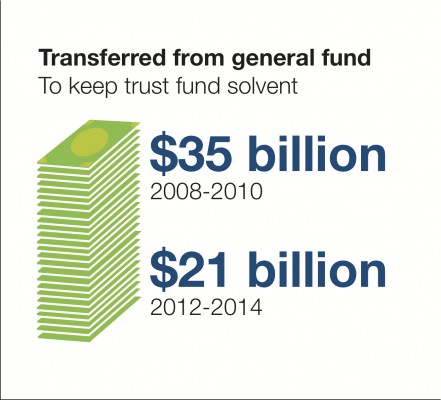
Gas tax receipts go into a Highway Trust Fund, and they are deemed off-limits to the cuts.*
But here’s the rub: As of the last few years, the HTF has been heavily subsidized by transfers from the general fund (see graphic at right.) You’ll recall that passing the two-year MAP-21 required a $19 billion infusion of general dollars to make up for declining gas tax revenues (on top of the $30+ billion from the three previous years).
There has been some debate over whether this general fund money deposited in the highway trust fund is subject to cuts or not. (Turns out it will be.) However, there has been no debate over cutting the multimodal programs mentioned above, because they are funded from accounts outside the trust fund.
So here’s our question: If transportation programs are important enough that most of the money is in a protected trust fund, shouldn’t all transportation dollars be part of that off-limits account?
The local communities doing the hard work of raising their share of funding should be able to depend on their federal dollars coming through, whether they are building a new highway bridge or creating a rail link to a job center. The workers depending on those jobs this year shouldn’t have to wait one, five, 10 years because of Congressional brinksmanship over the budget.
Transportation infrastructure is a fundamental function of the government. Our economy, our workers and our employers utterly depend on it. And they depend on a complete network, not just parts of it. If this latest fire drill is showing us anything, it is that Congress needs to get serious about creating a stable, comprehensive funding source for all our critical modes of transportation.
—-
* Wonky note: there are some cuts that would be made to the protected highway trust fund programs (a little over 1 percent of total funding) because of the transfer of general funds to keep the trust fund solvent for the two-year life of MAP-21. The formula transit programs would not face those cuts until FY14, since the transit account was still solvent in 2013 and didn’t require general funds in 2013 to keep afloat as did the highway account.




